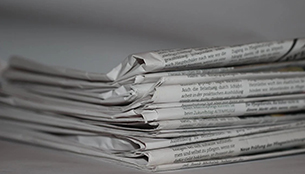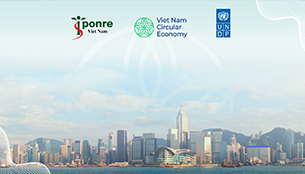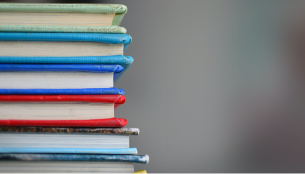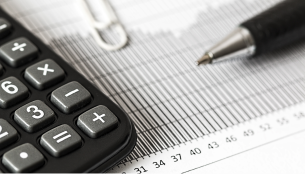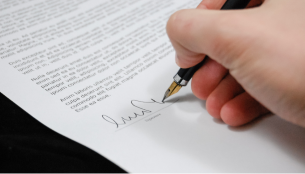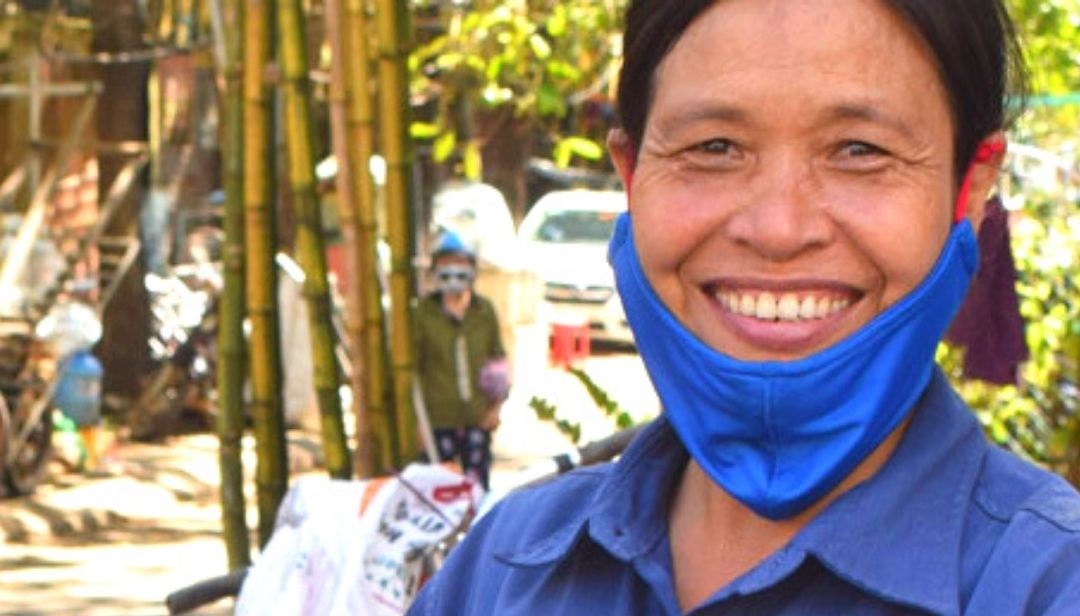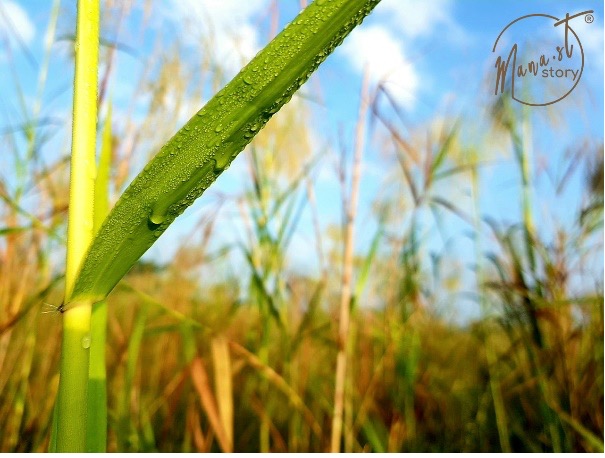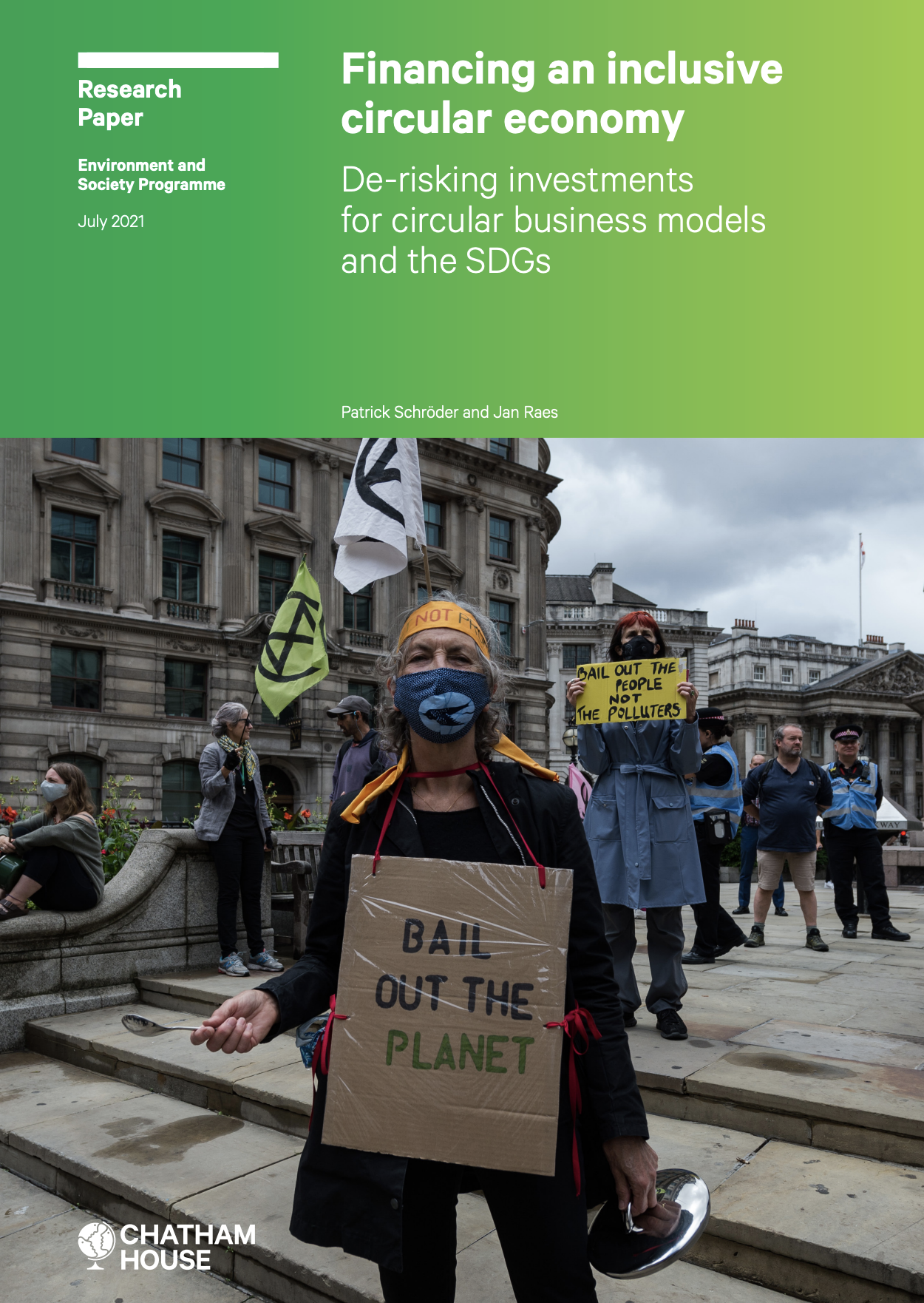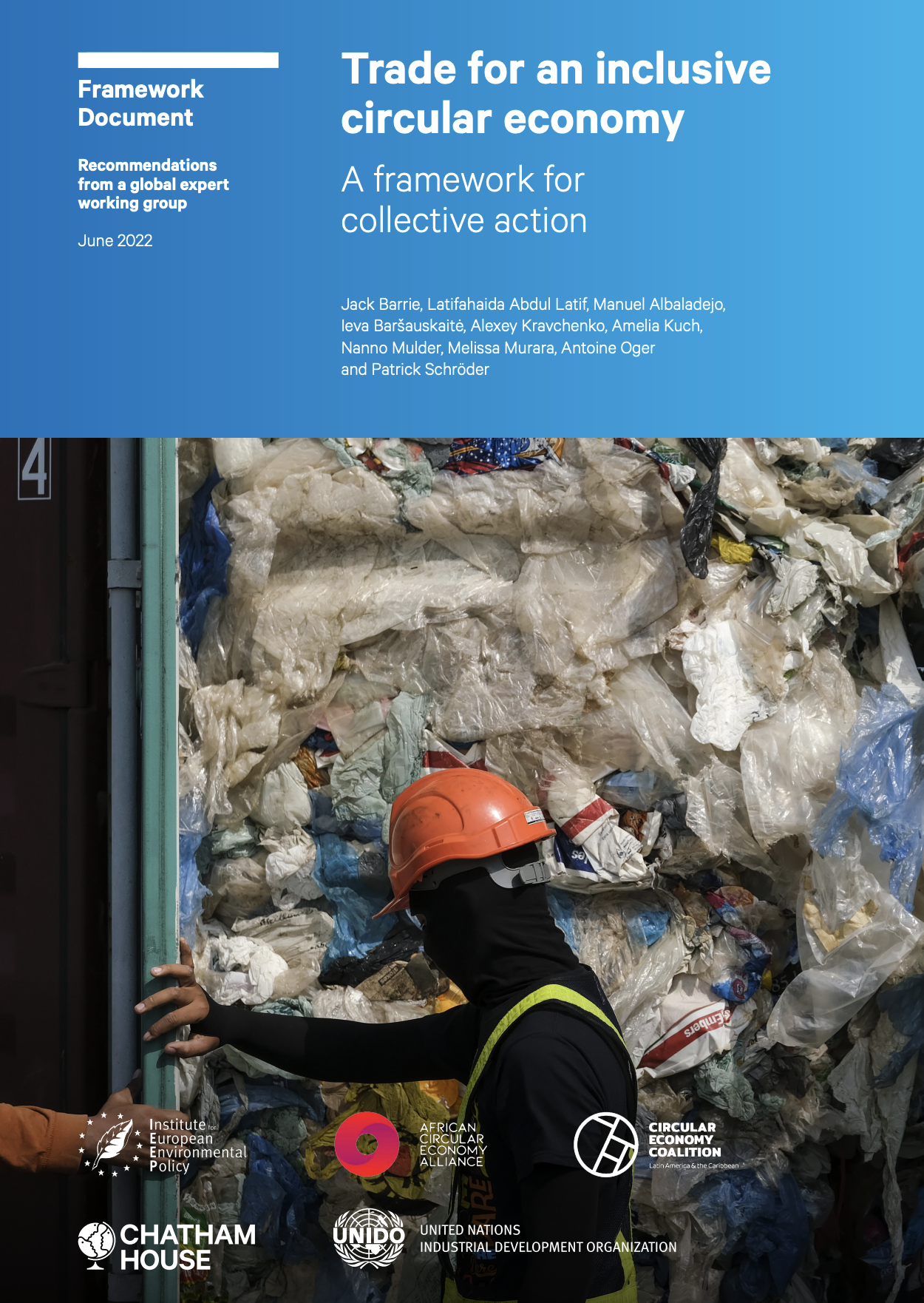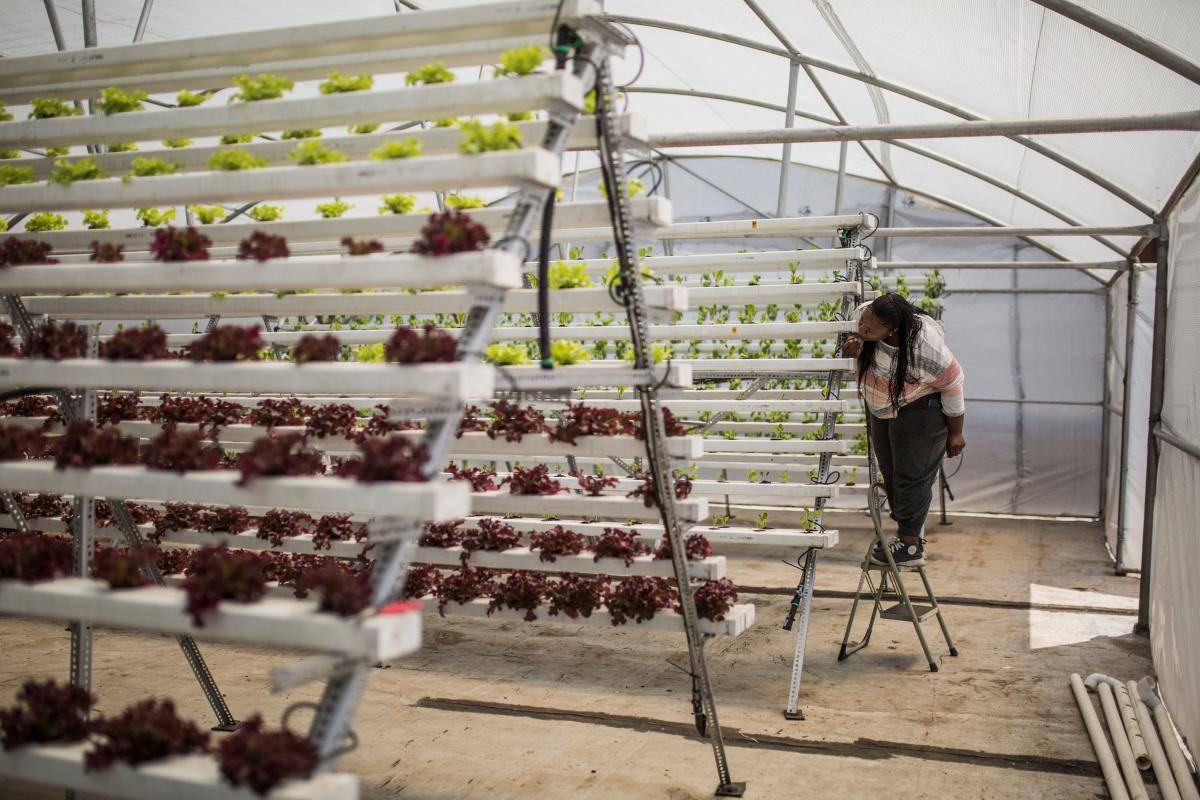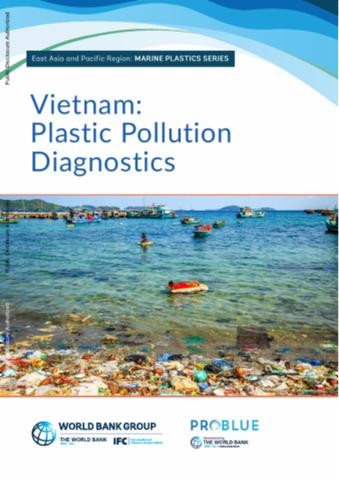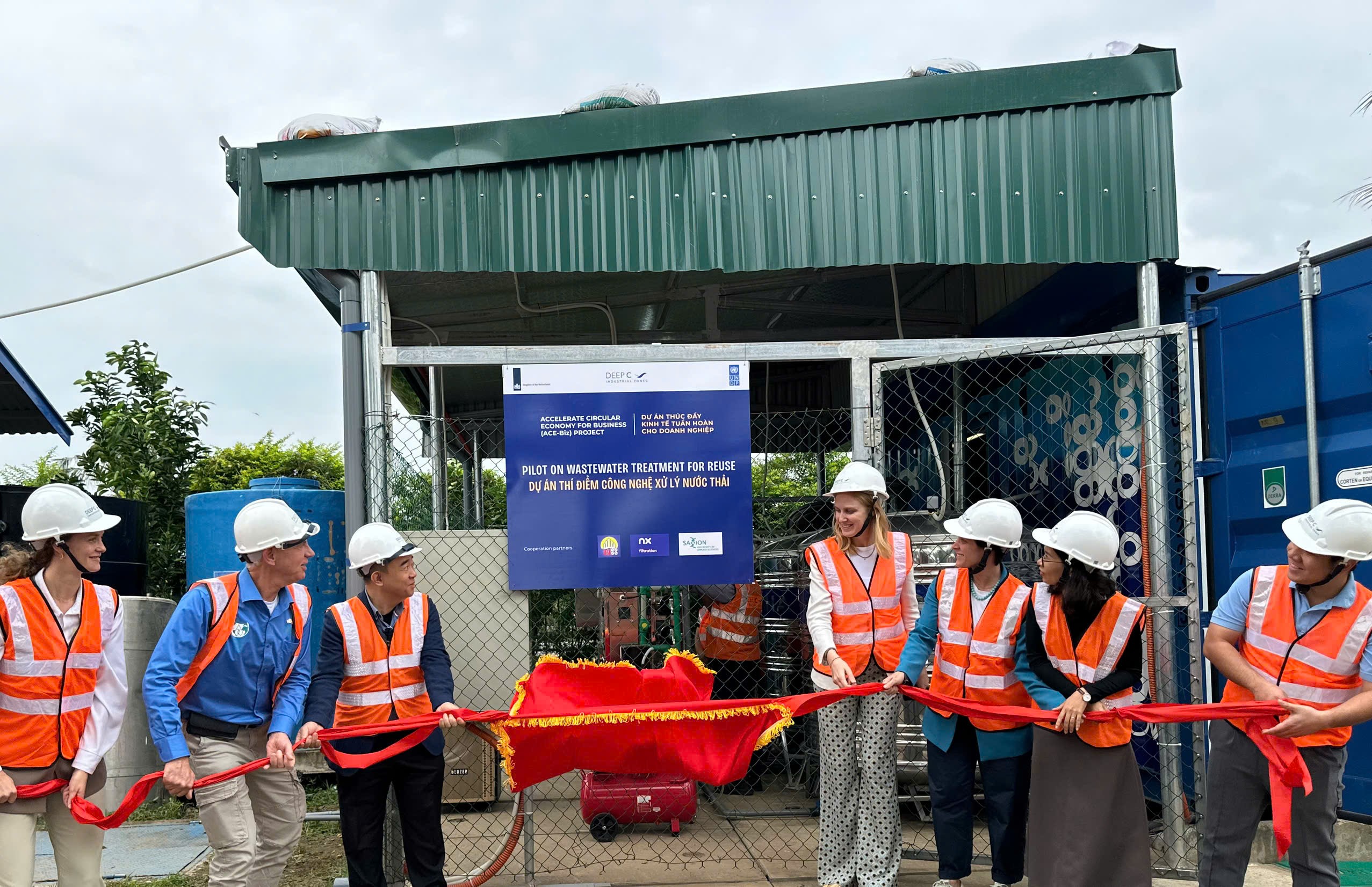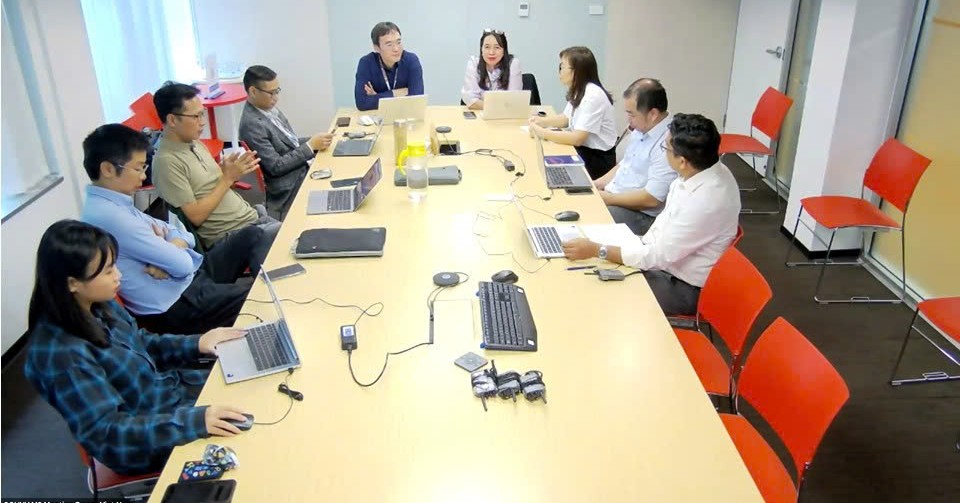
| Document name | Issuing Organization | Activity |
|---|---|---|
| Safe water management for better production with “DAOL Co., Ltd” technology: Water Resource Monitoring System-WRM System (South Korea) | Lam Nguyen 0202 |
70views
|
3 years ago
|
| Financing an inclusive circular economy: De-risking investments for circular business models and the SDGs – Chatham House | Hoàng Thị Diệu Linh |
40views
|
3 years ago
|
| Trade for an inclusive circular economy: A framework for collective action – Chatham House | Hoàng Thị Diệu Linh |
39views
|
3 years ago
|
| An Inclusive Circular Economy: Priorities for Developing Countries – Chatham House | Lam Nguyen 0202 |
83views
|
3 years ago
|
| Vietnam: Plastic Pollution Diagnostics | Lam Nguyen 0202 |
277views
|
3 years ago
|
| National Guidance for Plastic Pollution Hotspotting and Shaping Action – Final Report For Viet Nam | Lam Nguyen 0202 |
49views
|
3 years ago
|
You may also like

